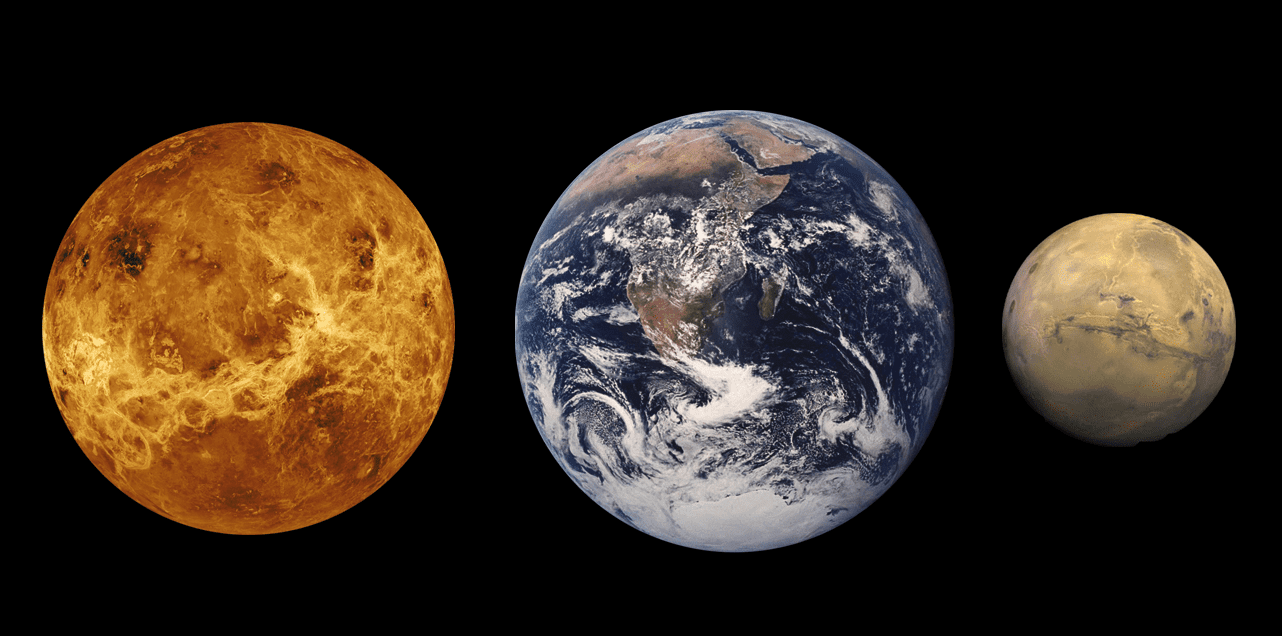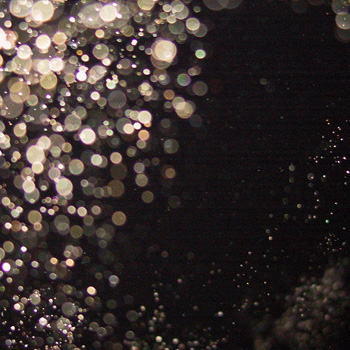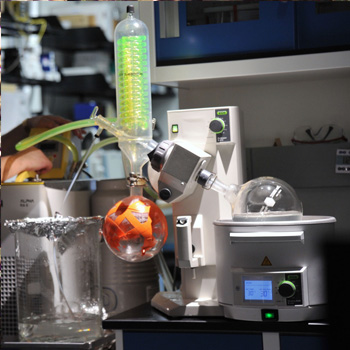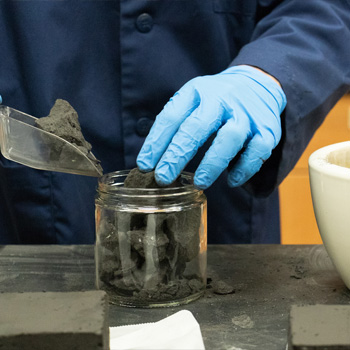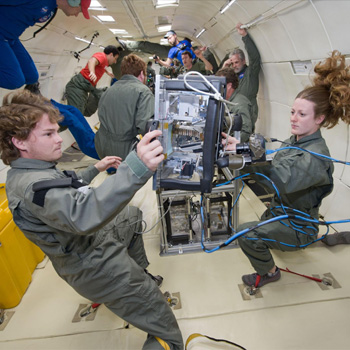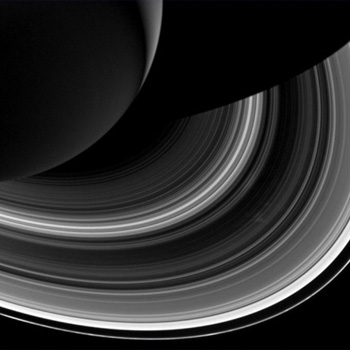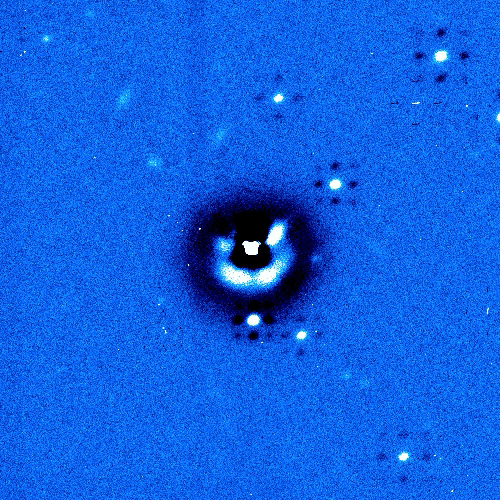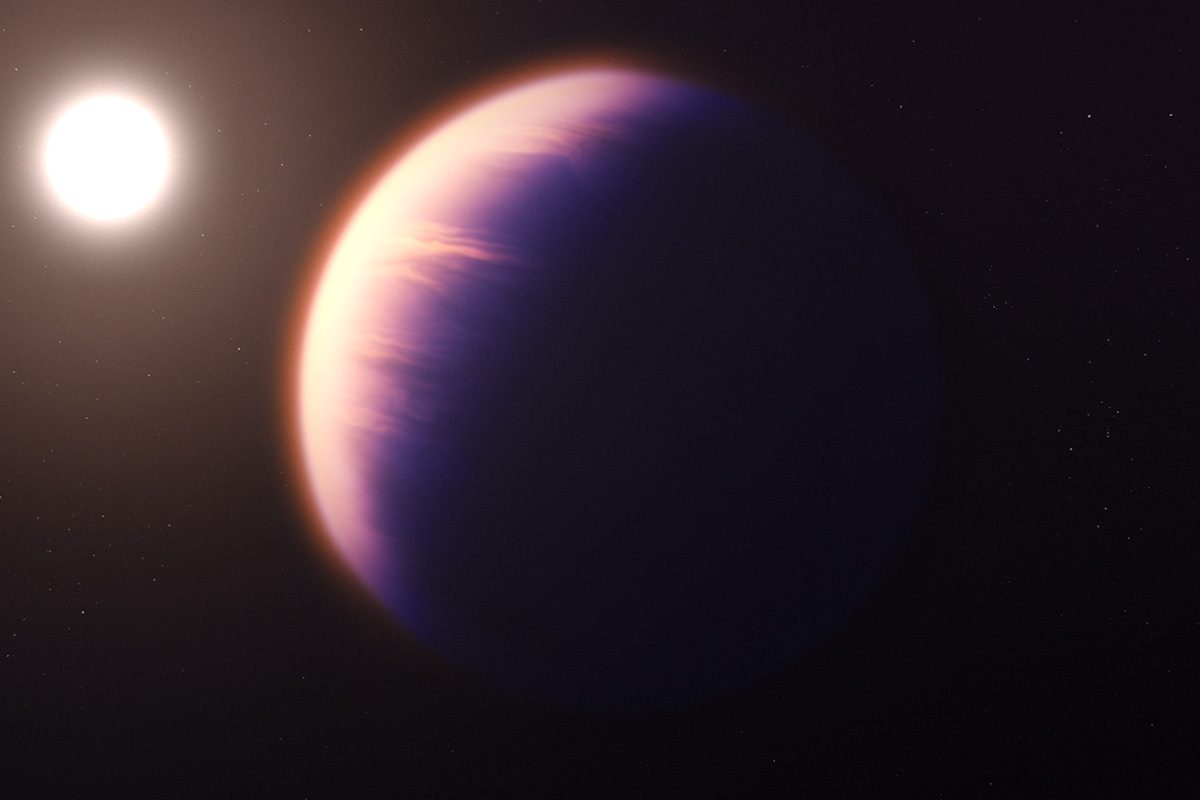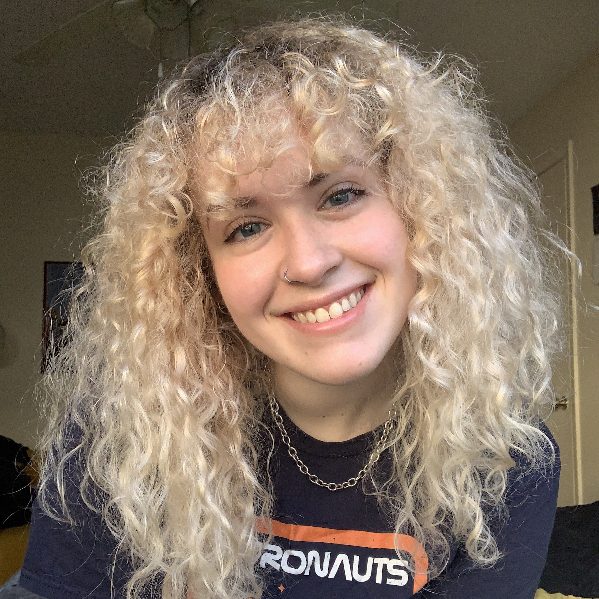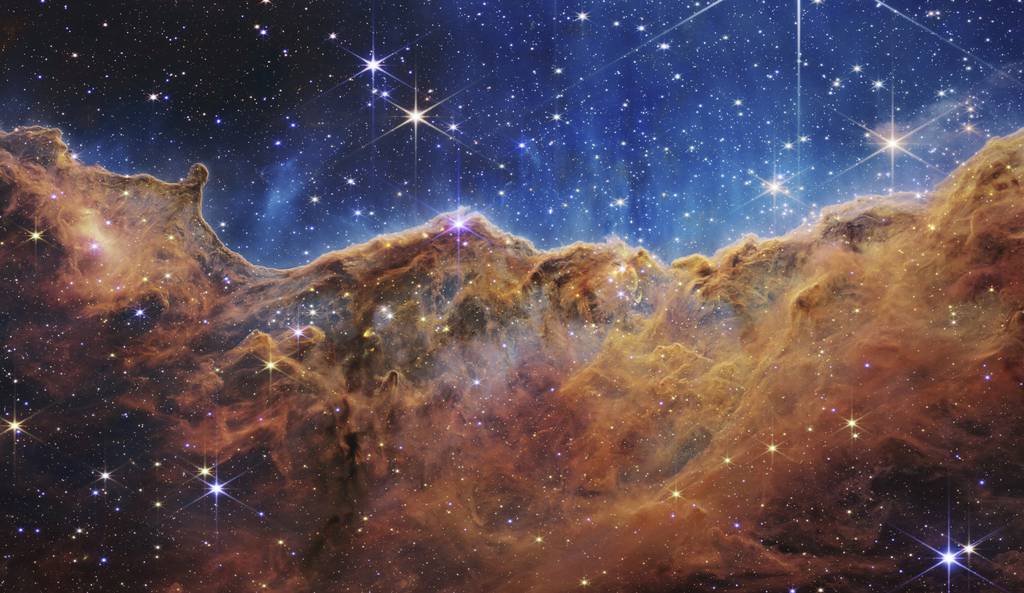Planetary Sciences Group
University of Central Florida
The UCF Planetary Sciences Group uses spacecraft data, images from the world’s largest telescopes, meteorites and moon rocks, experimental techniques, and supercomputers to investigate our own Solar System as well as others around the Galaxy.
Our Research
Academic Programs
Our Latest Papers
| Authors | Title | Published Date | Journal |
|---|---|---|---|
| Wang, Xinyue; Li, Liming; Jiang, Xun; and 16 coauthors | Cassini spacecraft reveals global energy imbalance of saturn | Dec 2024 | Nature Communications 15, 5045 |
| Faggi, Sara; Villanueva, Geronimo L.; McKay, Adam; and 11 coauthors | Heterogeneous outgassing regions identified on active centaur 29P/Schwassmann-Wachmann 1 | Jul 2024 | Nature Astronomy , |
| Fernandez, Julia; Fernandez, Susana; Diez, Enrique; and 6 coauthors | Lunar Lithium-7 Sensing (δ7Li): Spectral Patterns and Artificial Intelligence Techniques | Jun 2024 | Sensors 24, 3931 |
| Kumari, Nandita; Glotch, Timothy D.; Williams, Jean-Pierre; and 8 coauthors | Extended Silicic Volcanism in the Gruithuisen Region—Revisiting the Composition and Thermophysical Properties of Gruithuisen Domes on the Moon | Jun 2024 | The Planetary Science Journal 5, 132 |
| MACLennan, Eric M.; Emery, Joshua P.; MCClure, Lucas M.; and 3 coauthors | Multifactor characterization of space weathering among siliceous asteroids. I: Grain size effects | Jun 2024 | Meteoritics and Planetary Science 59, 1353 |
| Evans, J. S.; Lumpe, J. D.; Eastes, R. W.; and 7 coauthors | Disk Images of Neutral Temperature From the Global-Scale Observations of the Limb and Disk (GOLD) Mission | Jun 2024 | Journal of Geophysical Research (Space Physics) 129, e2024JA032424 |
| Jerousek, Richard G.; Colwell, Joshua E.; Esposito, Larry W.; and 4 coauthors | The smallest structures in Saturn’s rings from UVIS stellar occultations | Jun 2024 | Icarus 415, 116069 |
| Cordiner, Martin; Bennett, Christopher | Chemical Complexity in Planetary Systems | Jun 2024 | ACS Earth and Space Chemistry 8, 1122 |
| De Prá, Mário N.; Hénault, Elsa; Pinilla-Alonso, Noemí; and 17 coauthors | Widespread CO2 and CO ices in the trans-Neptunian population revealed by JWST/DiSCo-TNOs | May 2024 | Nature Astronomy , |
| Sega, Daniel D.; Stewart, Glen; Colwell, Joshua E.; and 3 coauthors | The dynamics of self-gravity wakes in the Mimas 5:3 bending wave: Modifying the linear theory | May 2024 | Icarus 413, 115987 |
Query returned 431 total number of records, 10 are shown.

